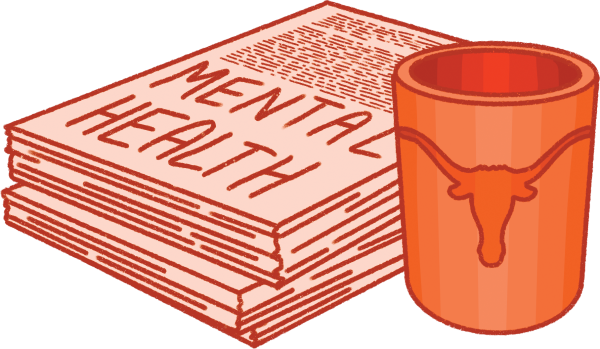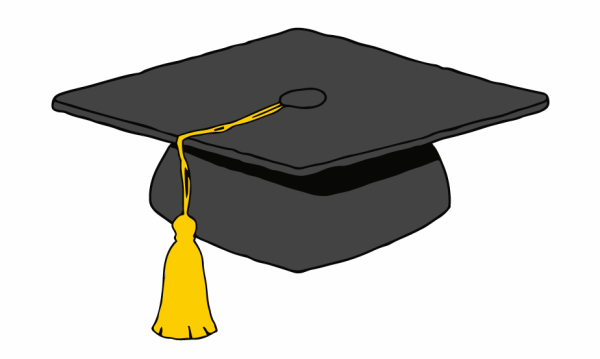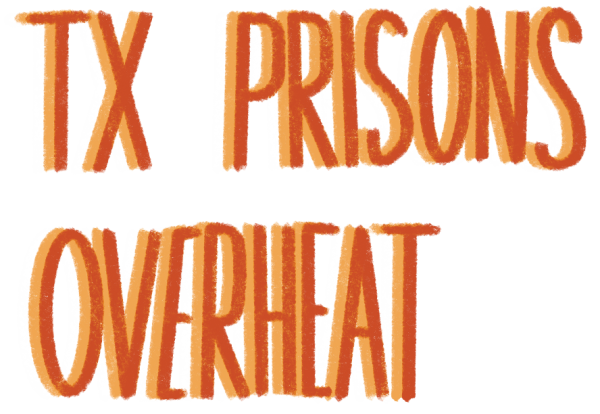Elite College Cash-In: The Role of Money in Admissions
March 23, 2022
Regardless of what school they go to or what classes they are taking, one thing consistently clouds the minds of high school seniors: college applications. For many, what college they go to and what major they take can determine their success in their desired field. As a result, many will try to fill up their resumes, achieve a good GPA, and get high scores on their college entrance exams. However, wealth and access to resources can significantly improve a student’s ability to use these factors to his advantage.
When looking at SAT or ACT scores, it’s evident how having more money gives students a leg up. According to a study conducted by The Washington Post, when the SAT still had a 2400 point grading scale, students whose families earned more than $200,000 a year averaged a combined score of 1,714, while students whose families earned under $20,000 a year averaged a combined score of 1,326. This nearly 30% increase in the SAT scores is because students in higher income brackets were able to afford SAT tutoring and services to improve their scores. On top of that, students with more money can afford to pay the fees to take the test more than once to maximize their potential. Even with cost waivers, low-income students can only take two free SATs, with each subsequent SAT costing them the normal price.
The effects of wealth disparity do not just extend to college entrance exams. Financial status can even affect GPA. This can most easily be seen in the difference of GPAs in private schools and public schools. Private schools can cost $10,000 to attend per year on average, versus the free cost to attend public schools. A study conducted by the Hechinger Report, a non-profit dedicated to improving the US education system, showed that on average, since 1998, private schools’ average GPA rose from 3.25 to 3.51, whereas the average public school GPA stayed roughly the same, at around 3.3. For something as important as GPA, the difference between a 3.3 and 3.51 can be a major determining factor for colleges. This indicates that being able to have enough money to attend a private school can result in average better grades than if one were to go to a public school, not to mention that the similar factors that contribute to a better SAT score can be in play at a public school, with resources such as private tutoring, textbooks, and supplies allowing for a student to perform better.
Saying that someone is rich does not mean they will automatically have better grades and a better ACT or SAT score, it just means they have access to resources that put them in a position to obtain improved statistics. However, tests such as the SAT are growing increasingly irrelevant, considering how many colleges didn’t require an SAT score to submit an application due to COVID-19. In fact, 75% of colleges will continue to not require SAT scores past the pandemic, as the SAT has been known to be a poor indication of knowledge. According to Penn State’s Center for the Study of Higher Education, the SAT is unlikely to be a reliable predictor of anything beyond first-year college grades. This has been recognized by the College Board, who have decided to shorten the SAT and make it online only in order to retain prominence.
Fixing the problem of wealth inequality and its effects on higher education will not be an easy task. It will not be something that can be fixed overnight, nor will we likely ever achieve a perfect solution. However, we can start by investing more in underprivileged schools and taking a greater interest in the education and opportunities available to those who have been overlooked for years. Until we fix this problem, potentially thousands of would-be leaders will continue to be held back by an education that only sees them as a source of revenue.







